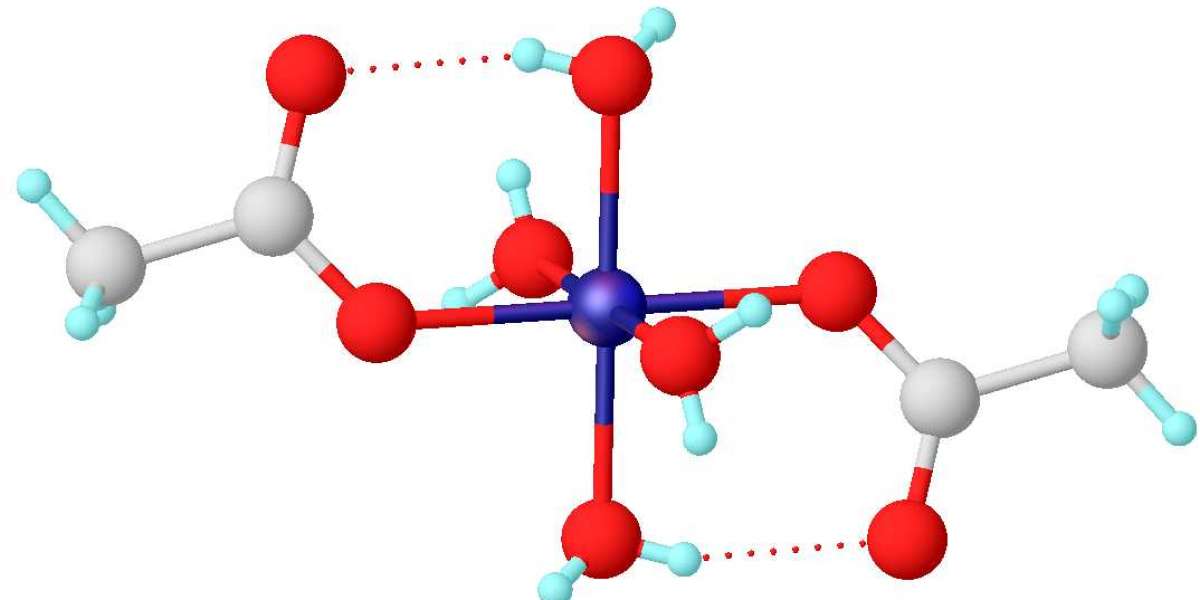When it comes to versatile chemical compounds used across science and industry, Potassium Phosphate Monobasic stands as a quiet but powerful player. Also known by its chemical name monopotassium phosphate (KH₂PO₄), this white, crystalline powder finds applications in everything from laboratory buffer solutions to plant fertilizers and food production. Despite its simplicity, the compound offers a combination of stability, solubility, and nutrient value that makes it indispensable across multiple domains.
What is Potassium Phosphate Monobasic?
Potassium Phosphate Monobasic is an inorganic compound made up of potassium (K), phosphorus (P), hydrogen (H), and oxygen (O). It belongs to the family of potassium phosphates, which differ in the number of potassium and hydrogen atoms bonded to the phosphate group. In this specific form, there is one potassium ion and one acidic hydrogen, hence the term monobasic.
Its chemical formula is KH₂PO₄, and it appears as a white, odorless crystalline substance. It is highly soluble in water, forming a mildly acidic solution, which makes it ideal for use in buffers and nutrient solutions.
Laboratory and Research Uses
In the scientific world, Potassium Phosphate Monobasic is widely used in preparing buffer solutions. These are essential in biochemical and molecular biology labs where maintaining a stable pH is crucial. The phosphate buffer system involving KH₂PO₄ and its conjugate base (dipotassium phosphate, K₂HPO₄) is especially valued for its buffering capacity around physiological pH (around 7.2).
Biologists often use Potassium Phosphate Monobasic in growth media for microorganisms and cell cultures. Its presence helps maintain the optimal pH and provides a source of phosphorus, a critical nutrient for DNA, RNA, and ATP synthesis.
Chemists also rely on it as a reagent in analytical procedures and reactions involving phosphorus-containing compounds. Its purity and predictable reactivity make it an ideal choice for quantitative and qualitative research.
Agricultural Applications
In agriculture, Potassium Phosphate Monobasic is highly valued as a fertilizer and foliar spray. It delivers two essential nutrients: potassium (K) and phosphorus (P)—both of which are critical for plant growth and development.
Phosphorus supports root development, energy transfer, and flowering, while potassium contributes to water regulation, enzyme activation, and overall plant health. Because Potassium Phosphate Monobasic is fully water-soluble, it can be absorbed quickly by plants, making it ideal for fertigation systems and hydroponics.
Growers often use it during the flowering stage of plant development, especially in crops like fruits and vegetables, where phosphorus and potassium are in high demand. The compound's low nitrogen content also makes it ideal for managing plant growth cycles without promoting excessive foliage at the expense of fruit and flower production.
Food and Pharmaceutical Industries
Beyond the lab and the farm, Potassium Phosphate Monobasic plays a role in the food and pharmaceutical sectors. In food processing, it is used as a buffering agent, emulsifier, and pH stabilizer. Its E number is E340, and it is commonly found in products like processed cheese, powdered drinks, and meat products, where it helps control acidity and improve shelf life.
In pharmaceuticals, it is used in the formulation of certain medications, especially those requiring phosphate supplementation. It can also serve as an electrolyte replenisher, particularly in intravenous fluids for patients who need potassium and phosphate replacement.
Safe Handling and Storage
While Potassium Phosphate Monobasic is generally regarded as safe when used appropriately, it should still be handled with care. It is non-toxic in small quantities, but ingestion in large amounts can disrupt electrolyte balance, particularly in individuals with kidney issues.
In the lab or industrial settings, it should be stored in a cool, dry place in tightly sealed containers. As it is hygroscopic (absorbs moisture from the air), improper storage can lead to clumping or degradation. Standard safety procedures, including gloves and eye protection, are recommended when handling it in bulk or in solution form.
Environmental Considerations
As with any fertilizer, overuse of Potassium Phosphate Monobasic can lead to environmental consequences. When excess phosphorus washes into water bodies, it can contribute to eutrophication—a process that stimulates the overgrowth of algae, depleting oxygen levels and harming aquatic ecosystems.
Sustainable agriculture practices now encourage precision fertilization, where soil nutrient levels are tested and monitored to avoid overapplication. In this context, Potassium Phosphate Monobasic remains a valuable tool, provided it's used responsibly.
Why It Matters
The strength of Potassium Phosphate Monobasic lies in its balance—both chemically and practically. It provides essential nutrients in a stable, water-soluble form and works effectively in everything from laboratory experiments to large-scale farming operations.
Its role in maintaining pH balance, nourishing plants, and preserving food makes it one of the most useful phosphate-based compounds available today. The fact that it fits so seamlessly into so many different industries is a testament to its chemical reliability and practical versatility.
Final Thoughts
Potassium Phosphate Monobasic may not make headlines, but it's a cornerstone of modern chemistry and agriculture. Whether it’s stabilizing pH in a research lab, delivering critical nutrients to a tomato plant, or improving the texture of a processed food product, this compound has proven itself time and again.
Its widespread use, cost-effectiveness, and essential role in both natural and industrial processes make it one of the most valuable inorganic salts in use today. As technology advances and sustainable practices become more critical, the importance of reliable compounds like Potassium Phosphate Monobasic will only continue to grow.







